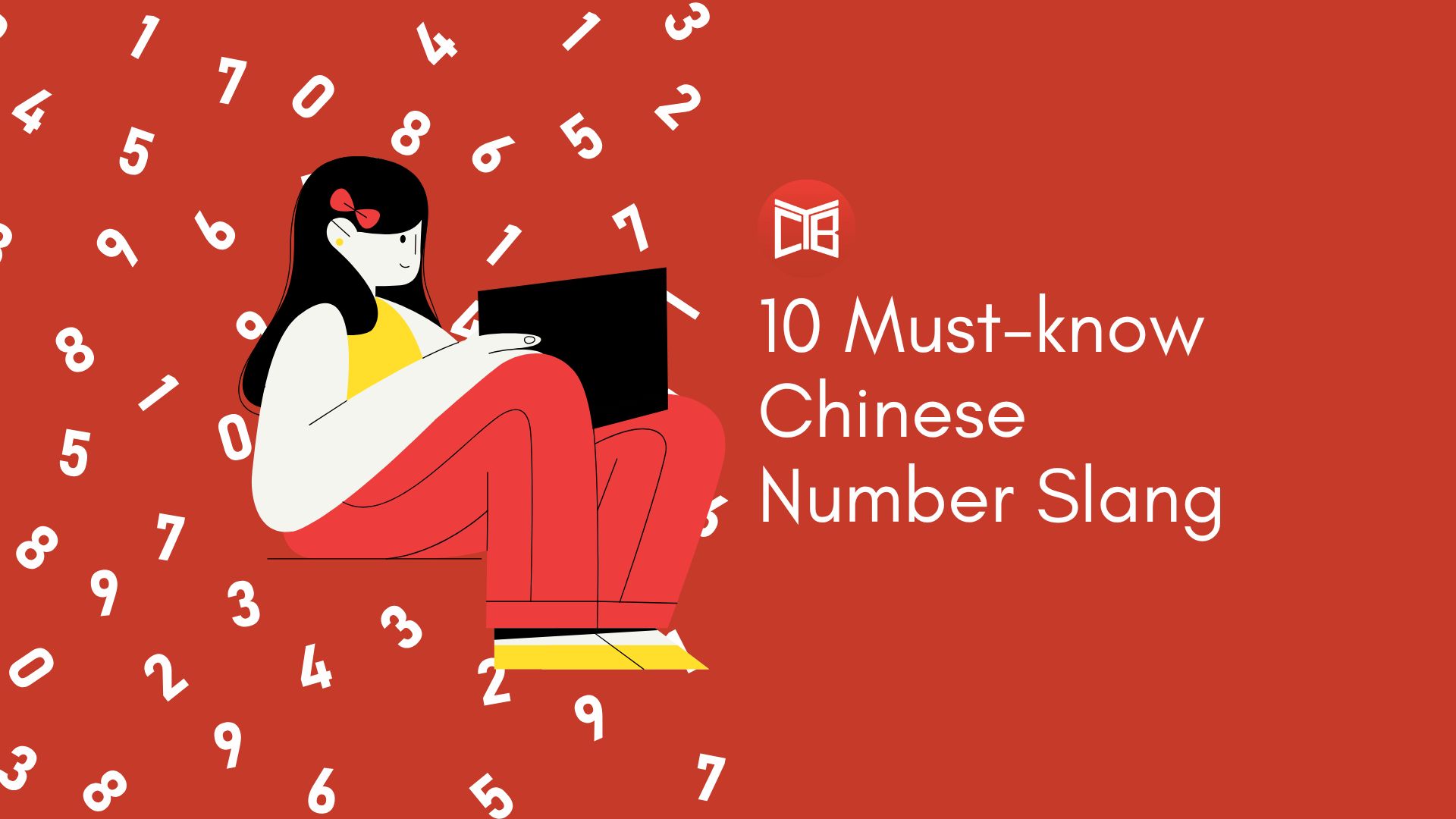
Learn How to Read Chinese Characters Using Apps
According to many Chinese learners, the most challenging aspects of the language are: 1) learning tones, and 2) learning how to read Chinese characters. That’s certainly true for those of us coming from an English-speaking background, and it makes sense, because tones and characters are so very different from anything we’ve encountered in English and other European languages. In this article we’re going to explore learning to read Chinese characters, and which are the best apps to learn to read Chinese characters – whether you’re a beginner or you have some prior knowledge.
Why you should learn to read Chinese characters
Learning how to read Chinese characters greatly enriches your understanding of the Chinese language, history and culture; not to mention that it also opens up a whole world of written material that would otherwise be inaccessible to you. If you are serious about learning Chinese – and most definitely if you plan on living, working or getting the most out of your travels in China – then getting to grips with characters is non-negotiable.
Even if you’re unsure about where your Chinese learning journey is taking you, it’s worth having a go at learning characters, because it is actually a fascinating endeavour in its own right. You will discover beauty and meaning in the characters, while mastering an impressive skill that sets you apart from others. It will deepen your appreciation for the language and strengthen your motivation to continue learning Chinese.
Why learning Chinese characters isn’t as difficult as it seems
Chinese characters may appear impenetrably complex at first, but there is logic and order behind their construction. When broken down, Chinese characters often give clues to their meaning, as well as pronunciation.
The building blocks of Chinese characters
Chinese characters aren’t just random combinations of strokes; they have meaningful components, and one of these components to look out for is the “radical”. Radicals often, but not always, give a clue to the character’s meaning. Here are some common radicals and some examples of characters where they appear:
- 亻 “person” radical – 你 (you), 他 (he/him), 位 (measure word for people)
- 女 “woman” radical – 好 (good), 她 (she/her), 妈 (mother)
- 扌 “hand” radical – 拉 (to pull), 扔 (to throw), 提 (to carry), 把 (handle)
Another aspect of Chinese characters to be aware of is phonetic components. These give a clue as to how to pronounce the character.
- 马 “ma” – 马 (mǎ), 妈 (mā), 吗 (ma)
- 巴 “ba” – 巴 (bā), 把 (bǎ), 吧 (ba), 爸 (bà)
- 包 “bao” – 包 (bāo), 饱 (bǎo), 抱 (bào), 跑 (pǎo)
Are you still confused by all the talk of characters, radicals and components? The good news is that the more you study characters, the more you’ll start to make associations between all these different elements, and learning new Chinese characters will become quicker and easier.
How many Chinese characters do I need to learn?
Here’s a rough guide to how learning Chinese characters will improve your literacy:
| Basic literacy: | 2,000 characters |
| Read a newspaper: | 3,000 characters |
| Highly literate native-speaker level: | 5,000-7,000 characters |
| Characters in common use: | 10,000 characters |
And here’s a breakdown of characters by HSK level:
| HSK1: | 150 (optional – pinyin provided) |
| HSK2: | 300 (optional – pinyin provided) |
| HSK3: | 600 characters |
| HSK4: | 1000 characters |
| HSK5: | 1500 characters |
| HSK6: | 2500 characters |
Even if the numbers sound daunting, the fact is that memorizing is a necessary part of learning any language, and with the right techniques and study habits, there’s no reason why you can’t learn a great number of Chinese characters.
(See: How Many Chinese Characters Do I Need to Learn to be Fluent?)
Start learning to read Chinese with pinyin
There is no equivalent of a “Chinese alphabet” from which words are constructed; words are made up of characters, or in some cases a word is a single character. One character represents one syllable.
- 人 – person
- 老人 – older person
- 人选 – candidate
- 中国人 – Chinese (person)
As a romanized form of Chinese we have pinyin, which is very helpful as a beginner’s entry point into the language. Pinyin is phonetically simple and consistent, and the tones are clearly marked. Chinese characters by themselves don’t give a foolproof indication of their pronunciation, but the pinyin system makes it easy: if you know how to pronounce a few dozen sounds (known as initials and finals), plus 5 different tones, you can pronounce any pinyin word or syllable.
- 人 – rén
- 老人 – lǎorén
- 人选 – rénxuǎn
- 中国人 – Zhōngguó rén
Transitioning from pinyin to reading Chinese characters
Pinyin is an indispensable tool, especially for beginners; however, Chinese has a large number of homophones where the pronunciation (and therefore pinyin) is very similar or exactly the same, while the written characters and meaning are entirely different. At that point, the limitations of pinyin become readily apparent. (See Yuen Ren Chao’s homophone-filled poem Lion-Eating Poet in the Stone Den for a demonstration.)
So, you do need to transition away from pinyin to comfortably reading Chinese characters, and the sooner the better. Good Chinese reading apps, such as The Chairman’s Bao, have the option of toggling pinyin on or off, so you have it there as a backup option but you can hide it when it starts to get in the way of further progress. Graded reading apps like TCB and Du Chinese also come with a one-tap dictionary, so you can tap any character to see pinyin along with an English translation.
Find your own way of learning
There are lots of ideas and “hacks” out there about how to memorize Chinese characters, including the suggestion to find your own meanings in the characters and create little picture stories or word-play using these elements. Personally I have found that such stories are often too elaborate and harder to remember than the character itself, which causes confusion instead of clarification. However, we all have different learning styles, so it’s worth experimenting to find the methods that work for you.
I have found a multi-pronged approach to be the best way to learn Chinese characters: use flashcards to build associations between characters and their meaning and pronunciation, while reinforcing what I’ve learned via frequent reading practice. Studying the system behind the characters (radicals and components) also helps to speed things along.
How to read Chinese more fluently
The answer is practice, practice, practice! For maximum fluency, choose texts that are on the “easy” side for your level, where you understand around 98% of words. Graded readers are a good option. (See: The Best Graded Reading Apps for Learning Chinese.)
Read a little every day, so that you’re constantly exposed to reading Chinese characters and they stick in your long-term memory. We all learned our native language via constant exposure and repetition, and learning an additional language requires the same. Use flashcards to help with learning and reviewing characters – some of the apps below have inbuilt flashcard tools with a spaced-repetition system, which is ideal for memorization.
The best apps for learning to read Chinese characters
Let’s take a look at some apps that will help you learn how to read Chinese characters!
Note: These apps all offer a choice of simplified or traditional characters. I only have experience with simplified characters myself, but traditional characters are still used in Taiwan, Hong Kong, and occasionally in mainland China.
The Chairman’s Bao
As the go-to source for graded news in Chinese, The Chairman’s Bao has tons of features to help you learn Chinese characters and practise reading them in a meaningful context, which is essential to effective language-learning. If you’re used to learning Chinese from textbooks or you haven’t had access to graded Chinese reading material before, The Chairman’s Bao will be a breath of fresh air: the content is topical, constantly updated, and searchable based on your interests.
Articles on The Chairman’s Bao can be customised to suit your reading preferences, and if you’re new to reading Chinese characters, you can activate pinyin and/or use the pop-up dictionary to aid comprehension. With articles available for HSK1 level and up, there’s no reason not to start reading in Chinese right away, which is a great motivator and confidence boost.
Note: The Chairman’s Bao is available in app and desktop form, but the screenshots below are from the desktop version.
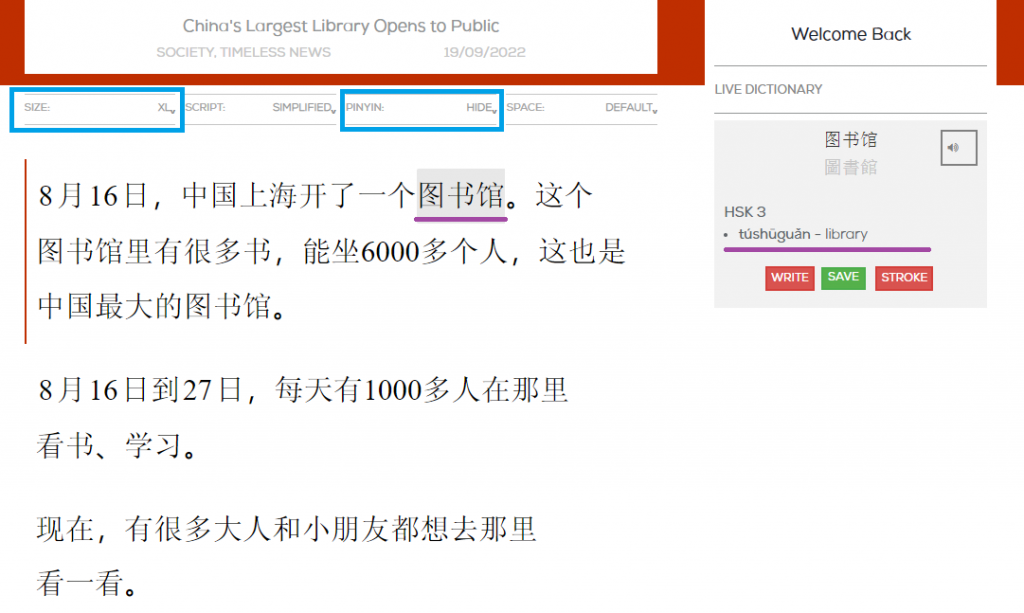
Optimise your experience of reading in Chinese by increasing the font size, toggling pinyin on/off, and tapping on any word to see the pinyin and translation.
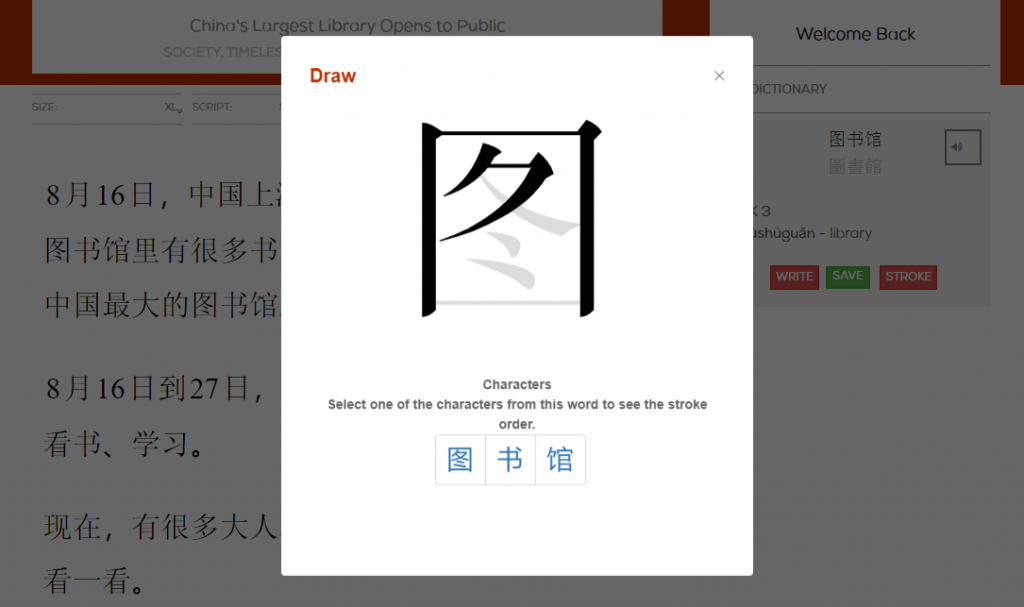
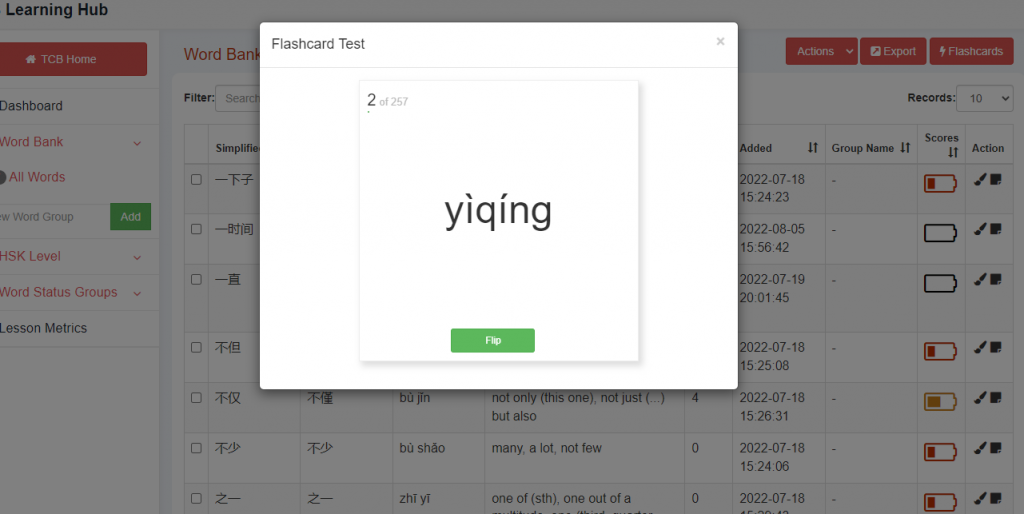
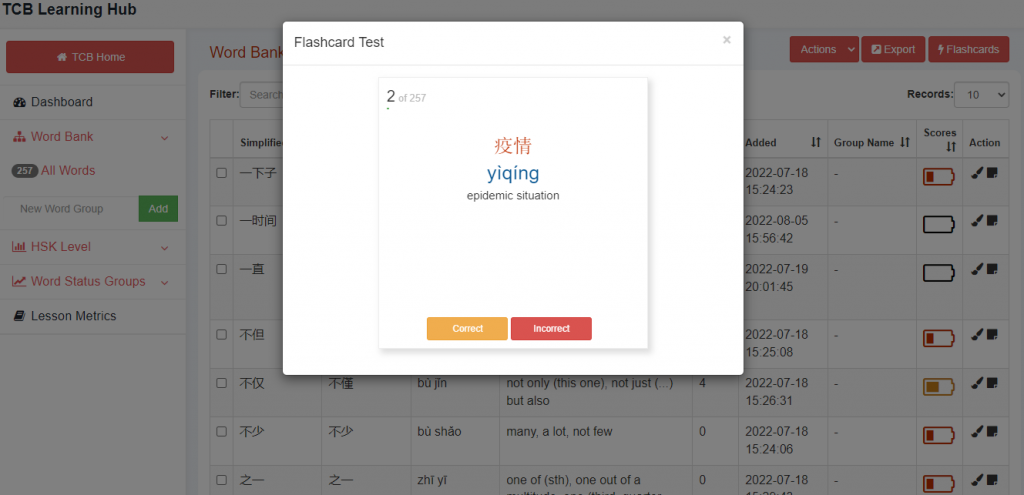
Ninchanese
Ninchanese is a gamified platform to learn Chinese, with multiple levels that roughly correspond to the HSK system. Its vocabulary review system is powerful and effective, with extra features and an attractive interface that set it apart from other flashcard apps.
For learning to read characters, Ninchanese flashcard review system will help a lot with memorization, as long as you remember to do your daily reviews! Another standout feature is that Ninchanese offers an entire course on Chinese radicals and character components.
Note: Ninchanese is available in both app and desktop form. The app is very convenient, but I slightly prefer the desktop version from a user experience point of view.
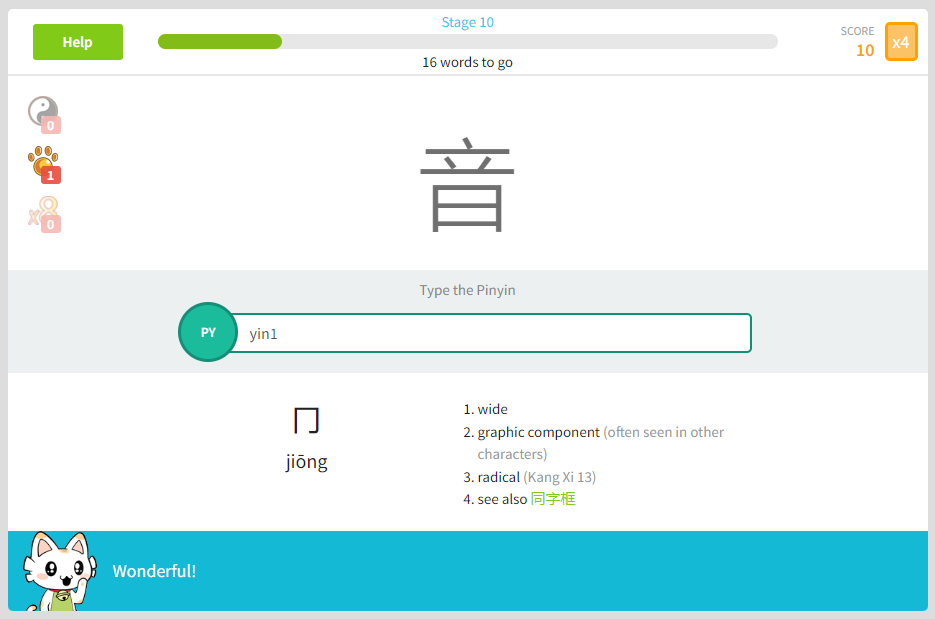
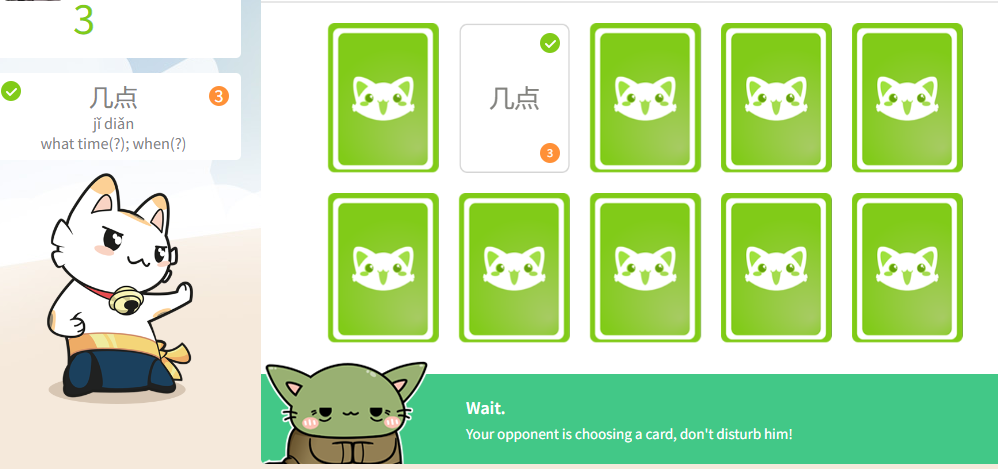
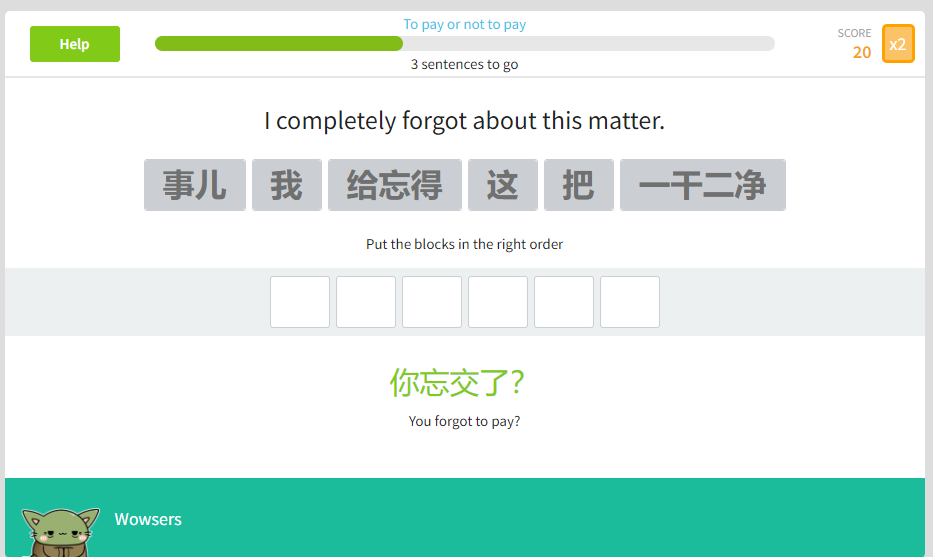
Pleco
Pleco is rightly very popular in the Chinese learning community, as it’s a time-tested interactive dictionary with lots of useful features. With Pleco you can look up Chinese words and characters using various input methods, create flashcard decks, and practise reading in Chinese with graded reading materials (available for download). If you’re serious about learning Chinese, installing Pleco is a no-brainer.
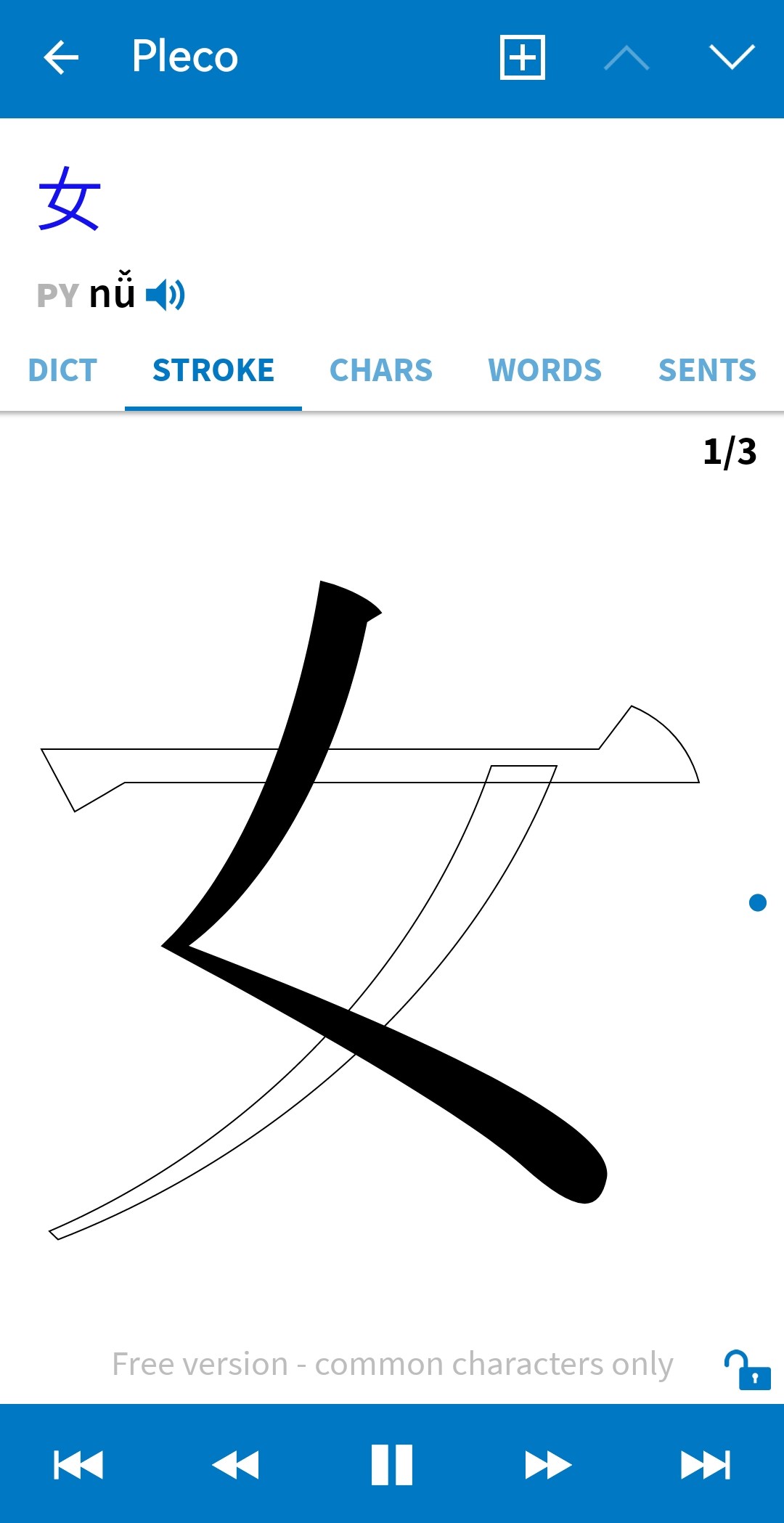
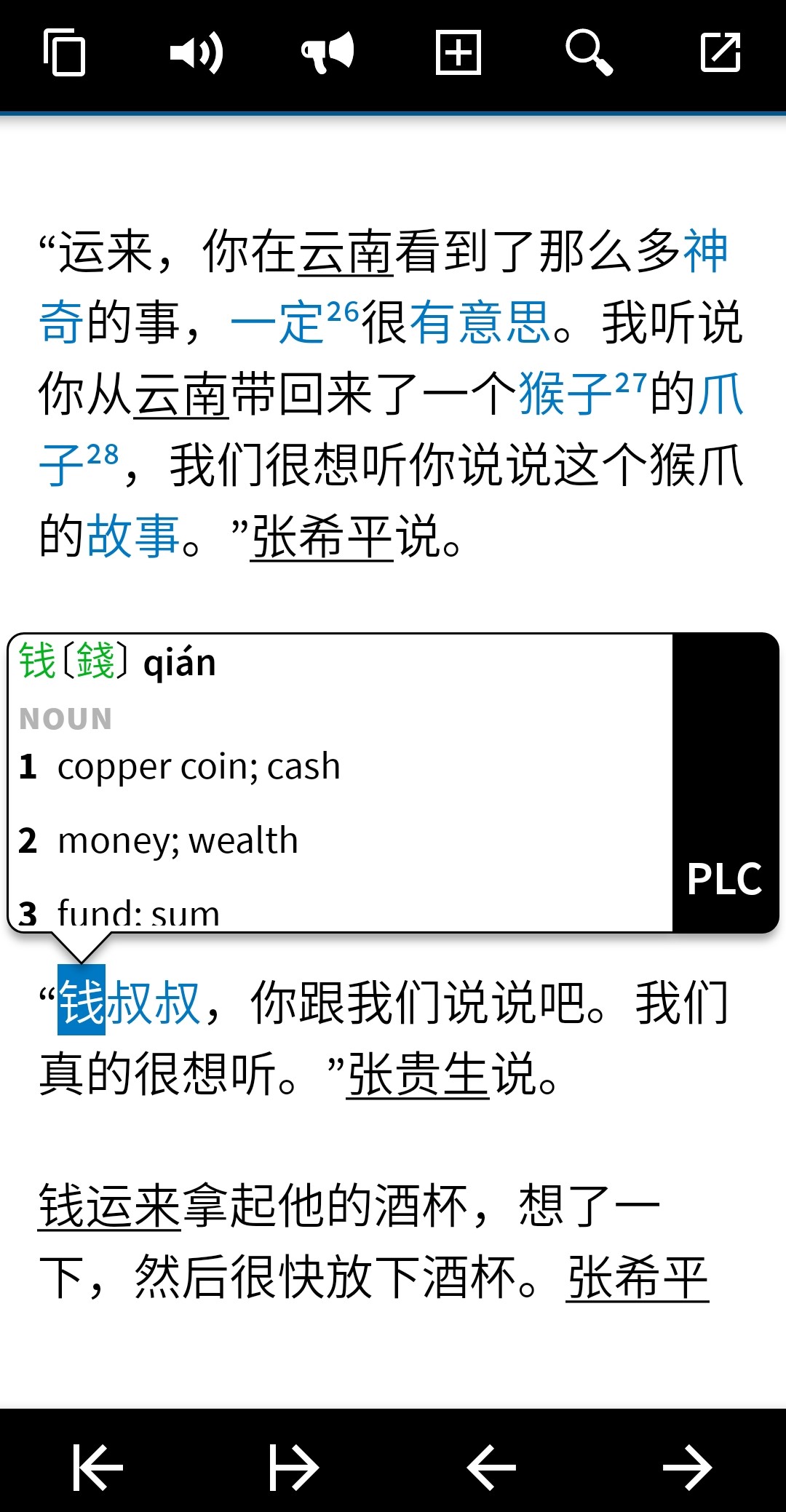
Skritter
Skritter is an elegant and enjoyable app for learning to read (and write!) Chinese characters. The Skritter Character Course, available in the app (subscription required), teaches you 150 individual characters including pictographs, ideographs, semantic compounds, and more. Writing characters on the screen helps you learn them at a deeper level than reading alone, and is obviously an advantage if you plan on learning to write by hand, too.
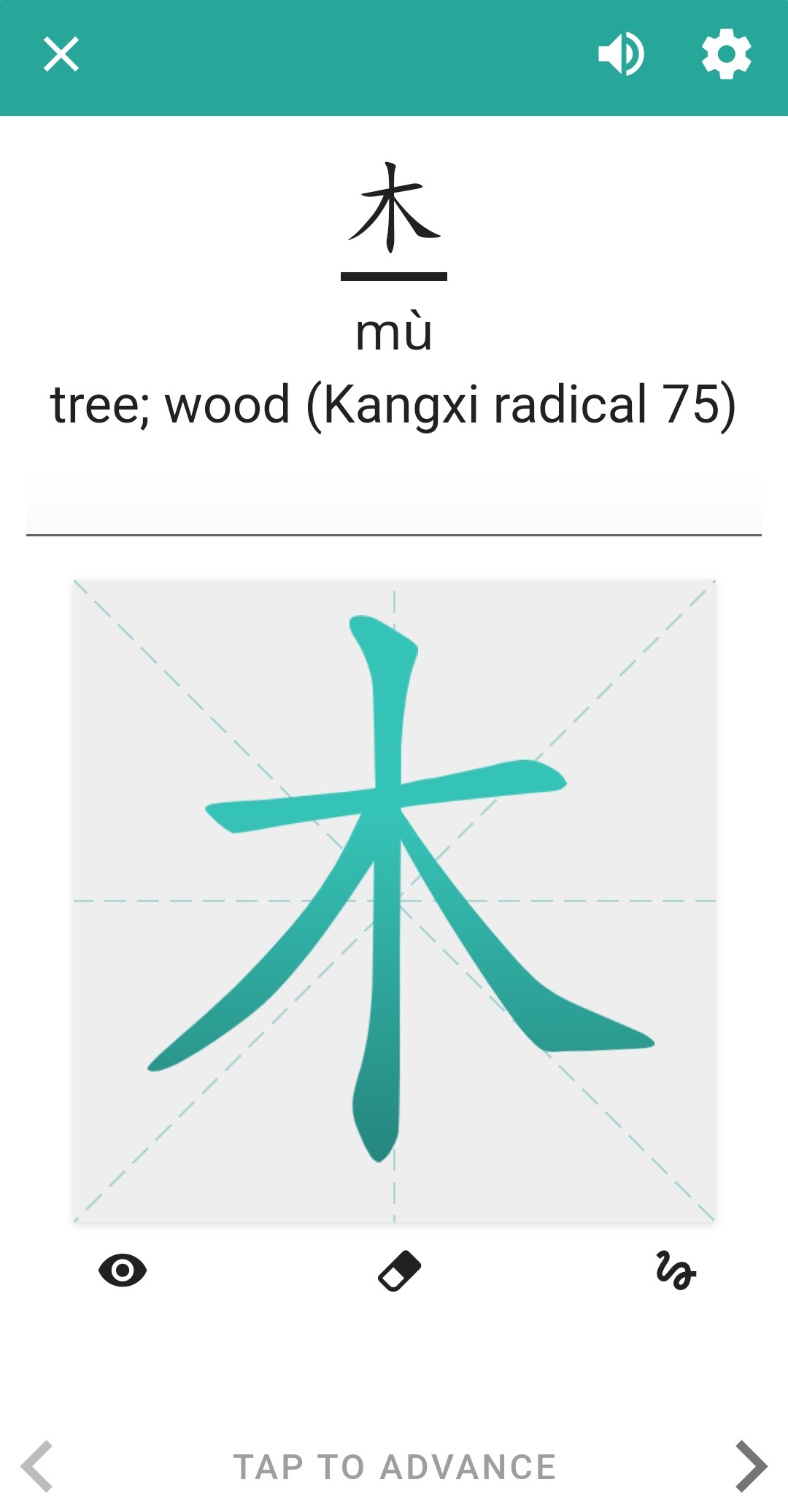
Skritter teaches characters by prompting you to draw them, draw the “shape” of the tone, recall the pinyin and the definition.
Ginkgo Chinese
Ginkgo Chinese is part of the Ginkgo Academy family of educational apps. The app’s slick design will appeal to many users: it is packed with colourful visuals, interactive features, and short video lessons which teach all about the character composition and meaning.

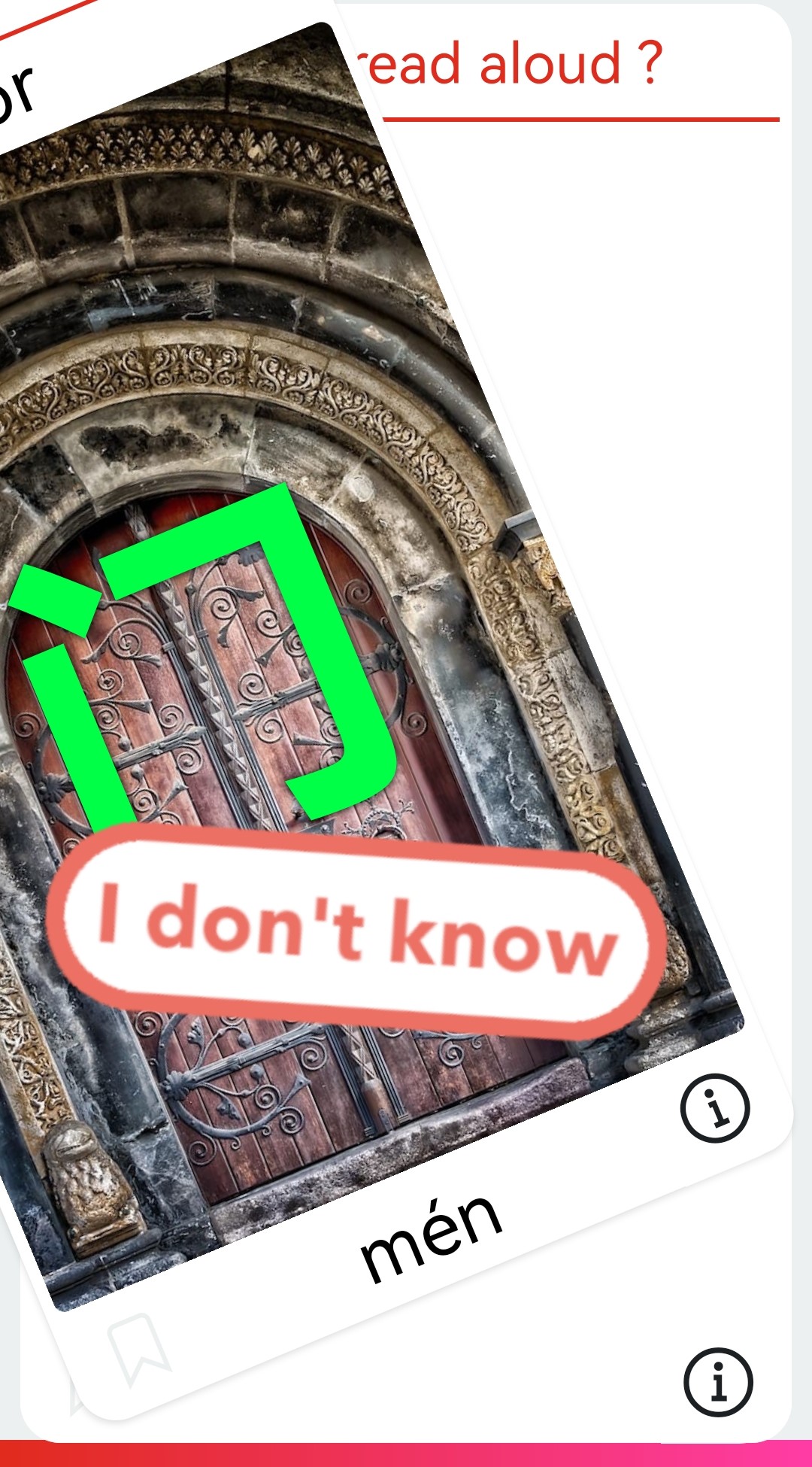
Chinese Deciphered
This app allows you to look up Chinese words and characters and get a clear visual guide to the character components. The free app contains all of the latest vocabulary for HSK1 only, whereas the paid version contains thousands of entries which are continually being updated. It’s an elegantly simple app with nice illustrations and interesting details.
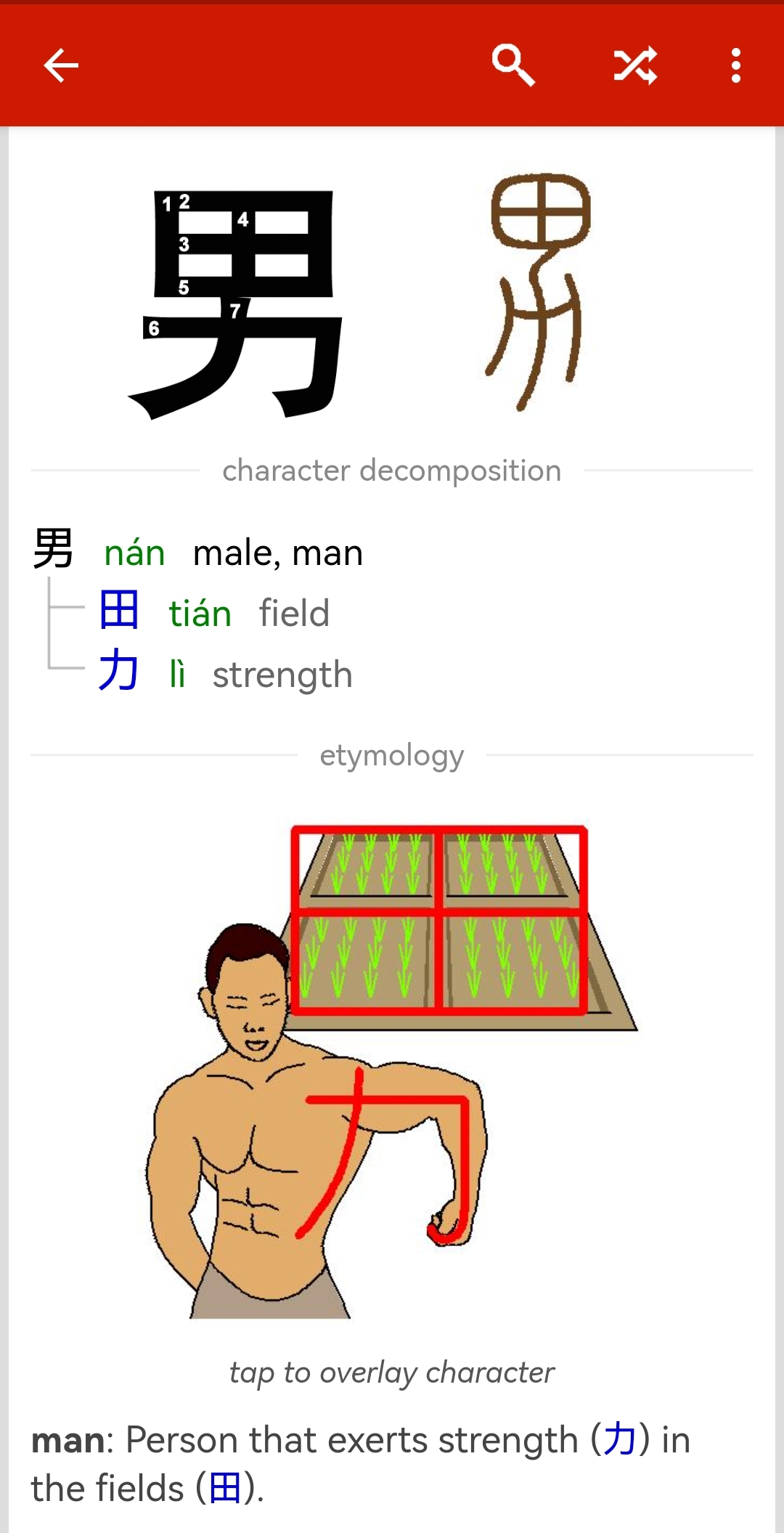
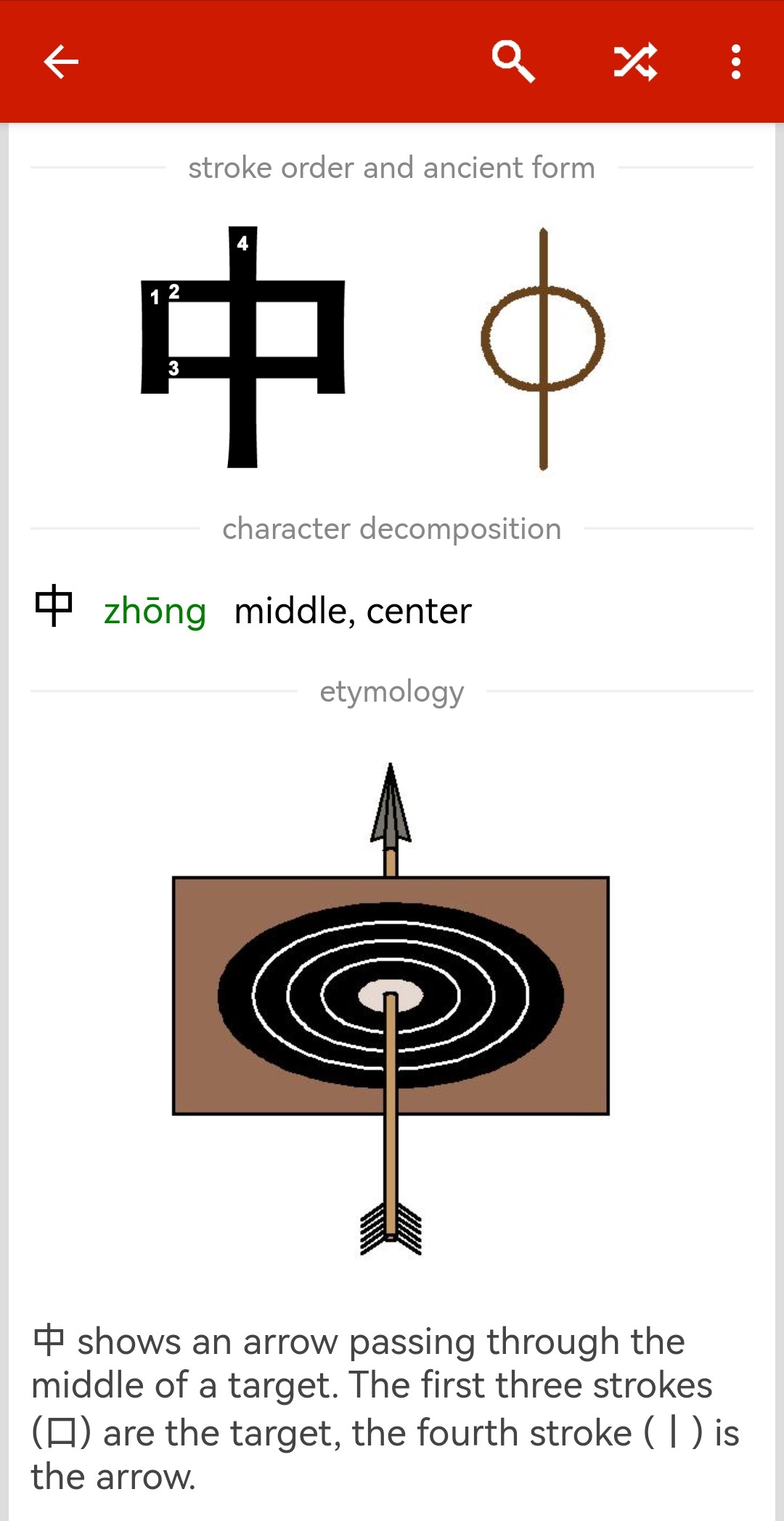
Summary
I was once under the misguided impression that learning to read Chinese characters was unrealistic and that I could somehow get by with pinyin alone. Yet having now learned some 1,000+ Chinese characters, I can confidently say that it is doable, and worthwhile too. Reading Chinese is now a source of enjoyment and satisfaction, and my language skills have taken a big leap forward as a result.
When it comes to learning to read Chinese characters, there really is no one-size-fits-all approach, as it depends on your learning style as well as your goals. To sum up this article, here are the most important points:
- Yes, you can – and should – learn to read Chinese characters!
- Chinese characters are made up of meaningful components which are worth the time to study and understand.
- Learning to read Chinese characters will give you deeper insight into the language’s historical and cultural roots.
- You can achieve basic literacy in Chinese by learning 2,000 characters – that’s really not such a lot!
- It may sound obvious, but the most important things you can do are: 1) dive right into learning characters, and 2) keep going.
- Do not try to learn characters in isolation. Regular Chinese reading practice will help you tremendously in applying what you’ve learned and making you a more fluent and confident reader.
So don’t hesitate to start learning to read characters, and take advantage of the plethora of tools available at your disposal – a few of which have been covered in this article. Best of luck! 加油 !
Author

Daisy Ward is an experienced online English teacher, writer and content creator with a passion for foreign languages and cultures. Her expertise in effective language-learning strategies is derived from many years in language classrooms, both as a teacher and as a student. Fluent in French and competent in Mandarin Chinese, she attributes much of her success in learning languages to the use of apps and other online tools.




